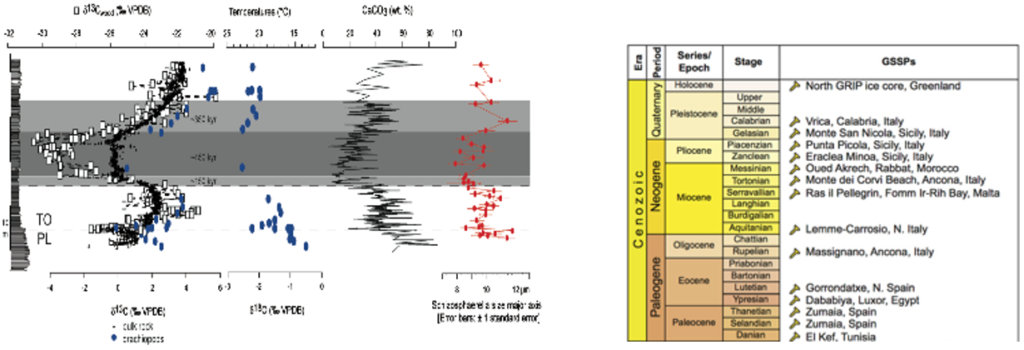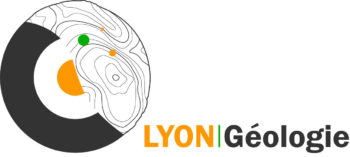Dating and Correlating
All biotic and environmental changes are inscribed in time and have a precise duration. How can we estimate such duration by studying the geological archives? How can we correlate events recorded in different regions of the globe and corresponding to different geological contextes? The bible for such an exercise is provided by the GTS, fixing the ages of stage boundaries and their durations as well.
What are the methods used for the establishment of the GTS, the uncertainties linked to such methods and, finally, how can we confidently use such information?
Goal of the course:
- to learn the methods both qualitatives and quantitatives for dating and correlating sedimentary successions
- to critically analyze the literature

Contents:
- litho-, chrono- and biostratigraphy (probabilistic and deterministic methods)
- introduction to quantitative biochronology, the Unitary Associations
- astrochronology and the estimation of the duration of sedimentary successions
- magnetostratigraphy of Quaternary applied to lacustrine sediments
Expected skills:
- autonomy in article reading and comprehension
- skills in the use of stratigraphic scales and associated up-to-date methods

